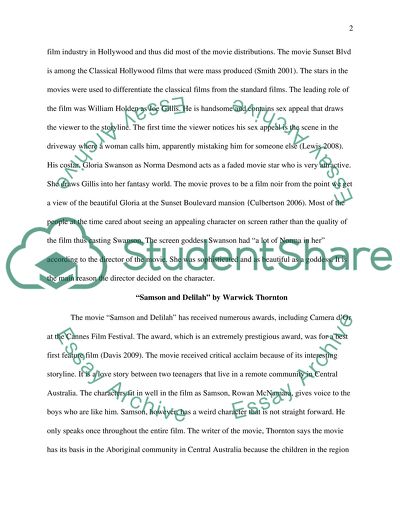Cite this document
(“Flim log Essay Example | Topics and Well Written Essays - 1250 words”, n.d.)
Retrieved from https://studentshare.org/miscellaneous/1696823-flim-log
Retrieved from https://studentshare.org/miscellaneous/1696823-flim-log
(Flim Log Essay Example | Topics and Well Written Essays - 1250 Words)
https://studentshare.org/miscellaneous/1696823-flim-log.
https://studentshare.org/miscellaneous/1696823-flim-log.
“Flim Log Essay Example | Topics and Well Written Essays - 1250 Words”, n.d. https://studentshare.org/miscellaneous/1696823-flim-log.


